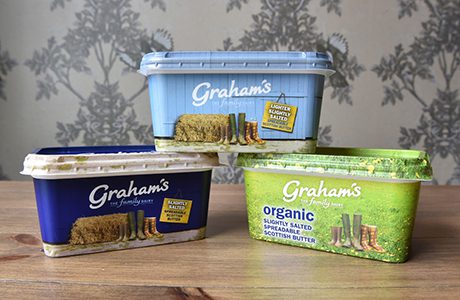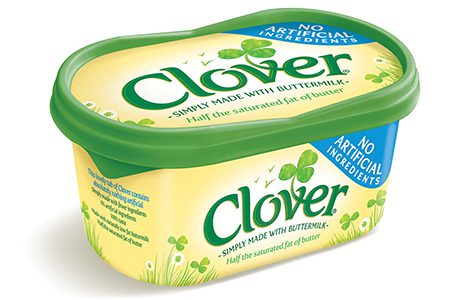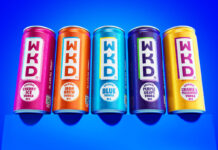Margarines and other spreads hold on to higher volumes but butter now takes 52% of cash
Few food and drink categories remain still for long. But some might be thought of as a bit more traditional and sedate than others.
And bread, butter and jam have certainly been around together for a very long time.

But they live in interesting times. While overall sales of butter, margarine and other yellow fat spreads are fairly stable – showing fairly stable volume sales but with prices under pressure – there’s a complicated shift in consumer preferences.
The analysis firm Key Note Research, in its recently published 2015 Milk and Dairy Products Market Report, said: “The UK yellow fats sector was worth an estimated £1.34bn in 2014.
“While this was a decrease of 1% from the previous year, it nevertheless represents impressive overall five-year growth of 23% from 2010. Following dramatic year-on-year growth of 10.3% and 14.3% in 2011 and 2012 respectively, the sector’s value then fell by 1.5% and 1% in 2013 and 2014.”
Quoting Kantar Worldpanel statistics published on the DairyCo website, Key Note said butter now accounts for the majority of UK value sales of yellow fats. For 2014, it is estimated that butter sales were worth approximately £696m or almost 52%. Before then the greater share of sales value was taken by margarines and other spreads.
It puts it down to many consumers previously thinking margarines and other spreads were healthier than butter but now taking the view that butter is the better option.
But there has also be been siginificant new product development from many butter and spreads producers.
Scottish firm Graham’s says its butter sales have roughly doubled in the last five years.
Much of that was down to increased distribution and a higher level of marketing support, it acknowledged.
But it is also investing in new products.
Graham’s spreadable butter is now Scotland’s fastest growing brand, up 76% year on year, it says. It puts the performance in part down to offering convenience and partly to what it sees as the consumer trend “to re-embrace fats within a balanced, sensible diet”.
But it also sees its Scottish provenance as attractive to Scottish shoppers.
It has also launched new Lighter and Organic spreadable butters in response to what it sees as growing demand for healthier options and organic lines and is developing Graham’s Gold Top Spreadable Butter.
• Dairy Crest has reformulated its Clover Original Spread to have no artificial ingredients. The firm says the move is in response to growing consumer demand for natural, unprocessed products.

Coinciding with the re-launch, Dairy Crest has also released new Clover Original in a 500g price-marked pack, priced at £2.
• Brands giant Unilever says the butters and spreads category is worth over £1.1 billion in value sales and spreadable butter is driving growth and now has a 34.1% value share.
Rachel Chambers, marketing manager for spreads at Unilever UK, said: “It’s a challenging time for the whole butters and spreads category which has seen a decline in both value and volume terms respectively in the last 12 months. Despite this, there are some areas within the category that are in growth. Since launching in May 2014, Gold from Flora and Bertolli with Butter have generated £3.3m and £5.5m in value sales respectively. Combined they present the fastest growing NPD in the butter and spreads category in 2014.”


















